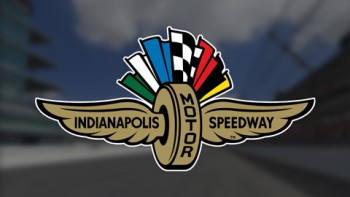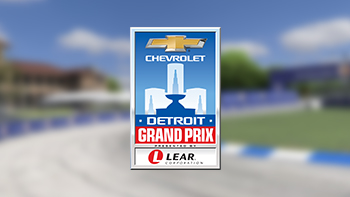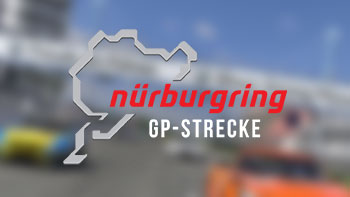
The first motorsports competition at the Indianapolis Motor Speedway took place in 1909 in the form of motorcycle races and automobile races soon followed. When the track’s original surface of crushed stone and tar proved problematic, the owners paved the track with more than 3 million bricks, giving rise to the nickname: “The Brickyard.”
It wasn’t until Memorial Day of 1911, however, that the first 500 mile race was held at the Indianapolis Motor Speedway and won by Ray Harroun in his Marmon Wasp. What was destined to be known as the Indianapolis 500 quickly became one of the nation’s leading sports events in the 1920s and ’30s. To win the “Indy 500″ was to achieve instant notoriety, and the names of early winners like Tommy Milton, Louis Meyer and Wilbur Shaw are indelibly etched in the annals of American motorsports.
A nationwide ban on motorsports during World War II, however nearly spelled the end for the Indianapolis Motor Speedway, which lay in virtual ruin when a consortium headed by Indiana businessman Tony Hulman purchased the facility in 1945. Hulman and his partners invested heavily in the facility and expanded the spectator capacity to the point where IMS became the world’s largest sporting arena (in terms of permanent seats) and the Indy 500 the world’s largest single-day sports event with crowds regularly topping 350,000. The march of progress also included the gradual replacement of paving over the bricks, and by 1961 the resurfacing had been completed – all but the famous “yard of bricks” at the start/finish line as a tribute to the tradition of “The Brickyard.”
The 1990s saw major changes to the speedway. In 1994, IMS president Tony George (grandson of Tony Hulman) consummated an agreement with NASCAR to stage a stock car race – the Brickyard 400 – at the Speedway. Then in 2000, George brought Formula One racing back to the USA after a nine-year absence, staging the U.S. Grand Prix at the Indianapolis Motor Speedway.
To do so, however, required a massive renovation of the facility, including the construction of a road course that combined a portion of the oval with a twisting infield section. Although the F1 race would only last through 2007, the road course has since played host to MotoGP and sports car races as well as a stand-alone IndyCar race in early May. Together with the Indianapolis 500 and Brickyard 400, this remarkable variety of events underscores the Indianapolis Motor Speedway’s moniker as “The Racing Capital of the World.”



































































































































































































